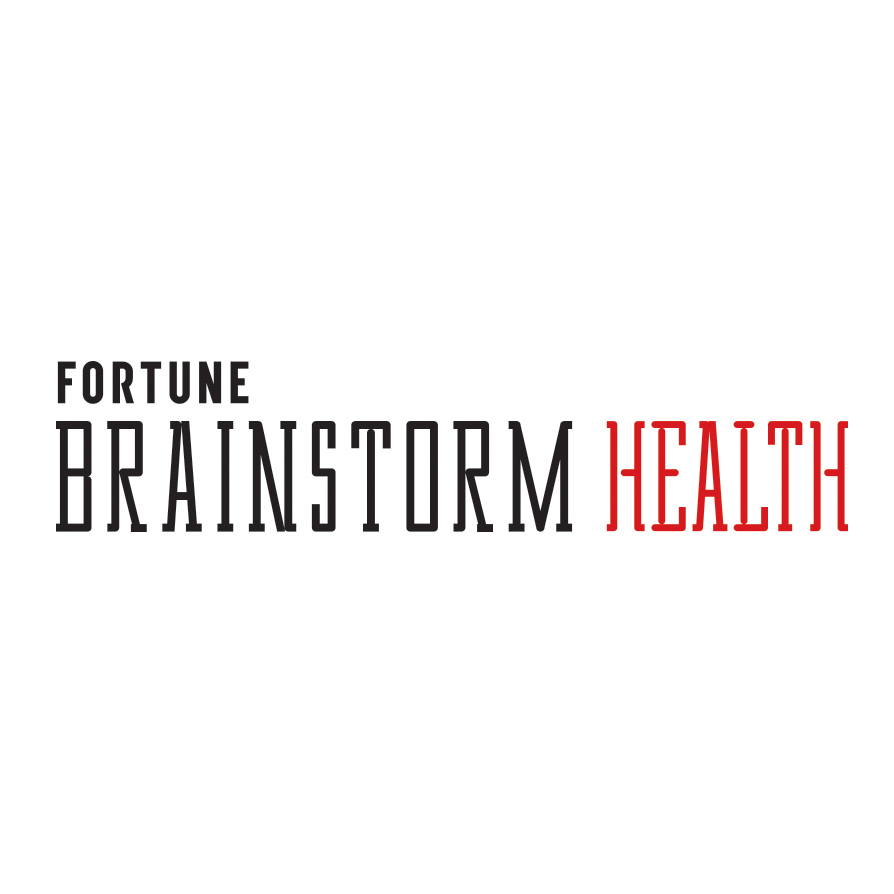
LAGUNA NIGUEL, Calif.—For decades, innovators have been holding a candle for the potential of Big Data to one day revolutionize health care. Entrepreneurs have developed ways for people to track their own biological metrics, and for companies to use advances like artificial intelligence to provide more targeted care. Are we finally at the point where data can lead to tangible changes in health care? Or is still an unfulfilled promise? Medical experts at Fortune magazine’s Brainstorm Health conference discussed the promise and continued challenges of mining health data for insights.
“It’s not about the data, it’s about what you do with the data in terms of making sense of it,” said Dr. Anil Jain, the Vice President and Chief Health Information Officer of IBM Watson Health, said on Tuesday in Laguna Niguel, Calif.
Companies like IBM Watson Health and Flatiron Health are taking data from electronic health records, cleaning it up, and using that data to identify potential interventions and cost-saving opportunities. Even though electronic health records are often criticized for being time consuming and messy, Dr. Amy Abernethy, the Chief Medical Officer, Chief Scientific Officer, and Senior Vice President, of Oncology at Flatiron Health, says that what makes data from the documents helpful is that they offer a longitudinal context of a person’s medical history and life. “Big Data in context is going to be the most important data set in our future,” she says.
One way this type of data could lead to better health outcomes is through federal collaboration, the panelist suggested. The U.S. government is currently trying to use data collected over decades to better address health issues facing Americans. According to Dr. Mona Siddiqui, Chief Data Officer at the U.S. Dept. of Health and Human Services, the federal government wants to collaborate more across government agencies in order to create better policies for better health that are based in the best data available. But right now, it’s hard to share data across government groups. “There’s a missed opportunity there to understand how are we using our resources and making policy decisions with the right data,” says Siddiqui.
But more data sharing could be in the future: “Everyone wants another agency’s data and our job is to help facilitate that,” says Siddiqui.
More Must-Reads from TIME
- L.A. Fires Show Reality of 1.5°C of Warming
- Behind the Scenes of The White Lotus Season Three
- How Trump 2.0 Is Already Sowing Confusion
- Bad Bunny On Heartbreak and New Album
- How to Get Better at Doing Things Alone
- We’re Lucky to Have Been Alive in the Age of David Lynch
- The Motivational Trick That Makes You Exercise Harder
- Column: All Those Presidential Pardons Give Mercy a Bad Name
Contact us at [email protected]